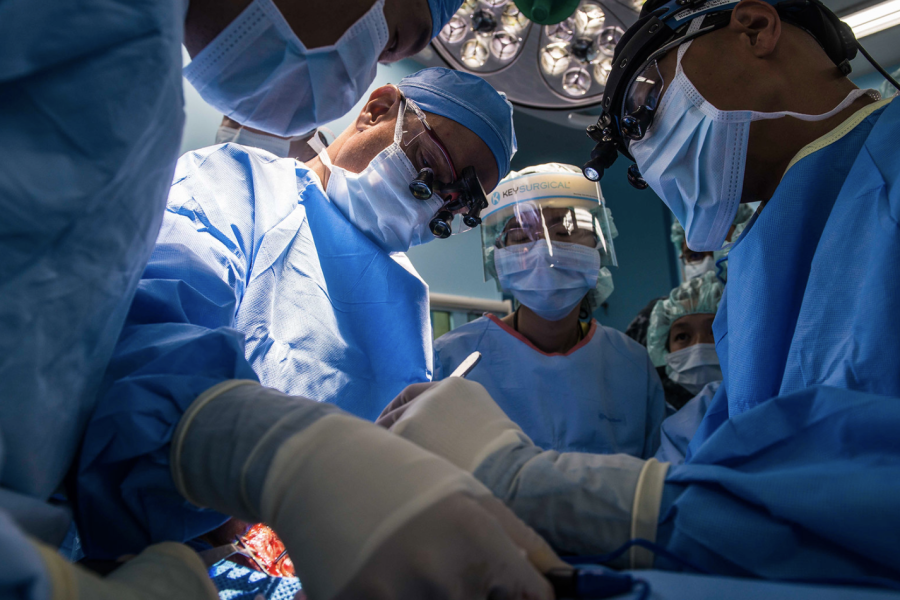First Ever Pig to Human Heart Transplant
February 4, 2022
New scientific discoveries have been known to be a great tool for improving medical research, and with that there have been updates in the process of medical surgeries. Dating back to 1954, the first transplant of an organ was the kidney, and the liver, heart, and pancreas were performed soon after in the late 1960’s.
An organ transplant is a medical procedure done to transport one organ from the body of a donor to the body of a recipient in need, and is usually done when an organ of the recipient is damaged or is missing. Organ transplantation must be done gradually and carefully to make sure that the organ being transported is in healthy condition. Otherwise, it can result in an unsuccessful procedure and can be fatal for both the recipient and the donor.
Organ transplantation can be done in many ways, even by using an animal organ in place of a human organ. This process is called xenotransplantation. The first successful xenotransplantation was done on Jan. 7, 2022, in Maryland, to a 57 year old man named David Bennett Sr. Bennett was diagnosed with a severe life-threatening heart failure disease. He was on cardiac support for almost two months and was unable to receive a mechanical heart pump due to an irregular heartbeat. Bennett also had a history of several hospitals declining him for the waiting list due to Bennet refusing to follow his doctor’s orders, follow up check ups, and not taking his medication consistently. Therefore, he was ineligible for a human heart transplant. Realizing that Bennett could face his death, the FDA approved a transplantation from a pig’s heart to his own, and this procedure was done by Dr. Bartley Griffith, the director of the cardiac transplant program. After this eight hour long operation, the team successfully managed to transport the organ into David Bennett. “It was either die or do this transplant,” said David Bennett before the surgery.
The heart transferred into David Bennett has had 10 different genetic modifications. Four genes were knocked out and inactivated, with one including a molecule that causes an aggressive human rejection. A growth gene was also inactivated, which prevents the heart from growing inside the recipient. Additionally, six human genes were inserted in the genome of the pig donor that fits a human immune system.
The surgery went well and “the heart function looks great,” said Dr. Muhammad Mohiuddin, a professor of surgery at the University of Maryland School of Medicine who worked with Dr. Griffith on performing the surgery. Dr. Mohiuddin also has a history of transporting pig hearts to baboons, which increases the chance of a successful xenotransplantation. Procedures such as these can both be a risk factor but also an opportunity.
“At first I didn’t believe him,” the younger Mr. Bennett, his son, said. After the surgery, “I realized, he is telling the truth and not going crazy. And he could be the first ever.”




